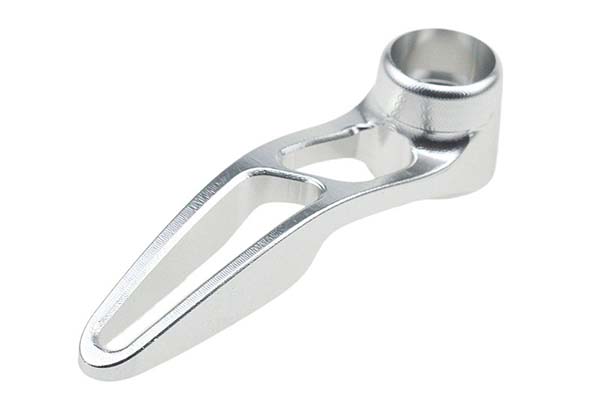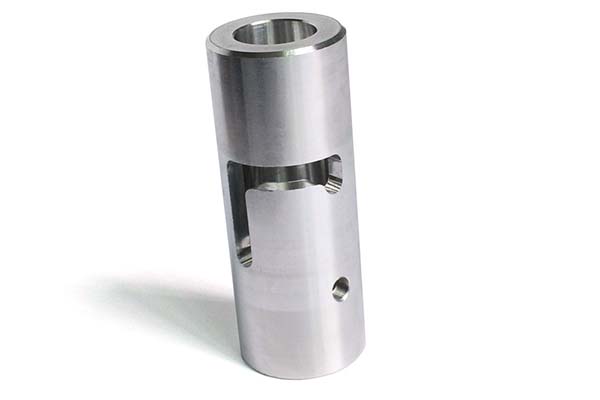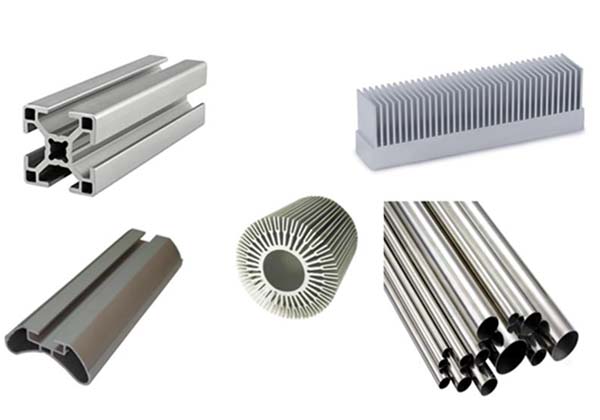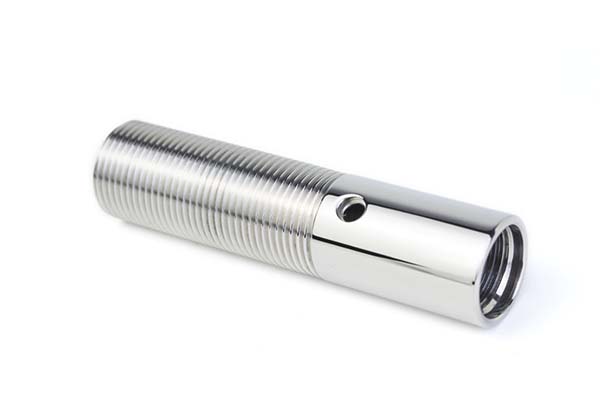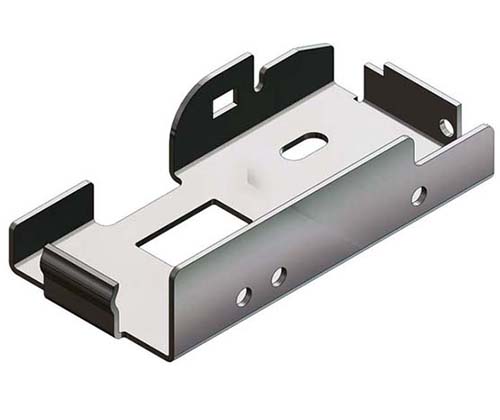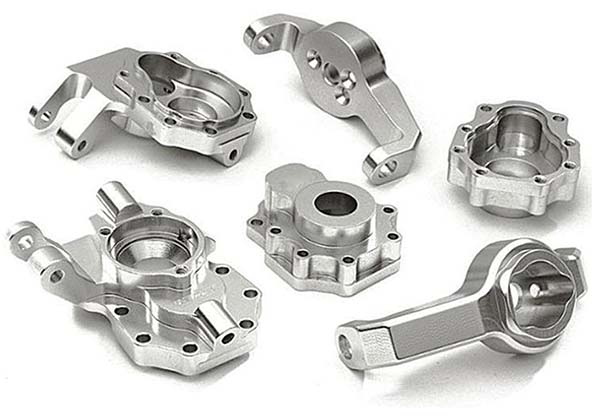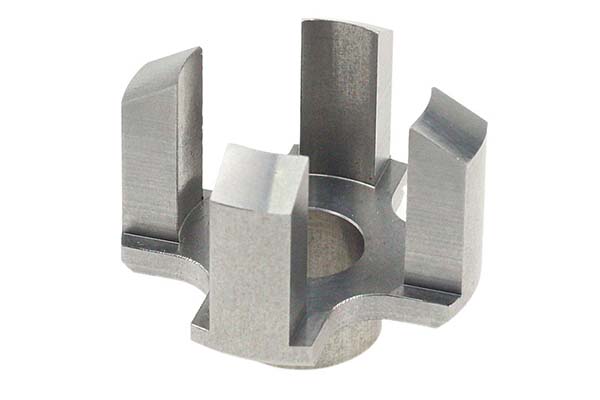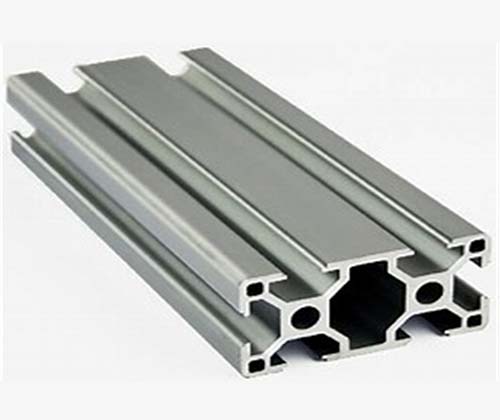Manufacturers across industries are under pressure to create components that are stronger, lighter, and more cost-effective. Traditional mild steel requires thicker gauges to meet strength demands, increasing weight and material costs, while high-alloy steels often come with higher price tags and forming challenges. This is where Metal Stamping HSLA (High-Strength Low-Alloy) steel shines. HSLA alloys deliver exceptional strength with minimal alloy content, enabling thinner, lighter parts without sacrificing performance. However, stamping HSLA requires specialized knowledge to handle issues like springback and tool wear. In this guide, we’ll address these challenges, exploring HSLA’s unique characteristics, processes, and applications to help you achieve optimal results.
HSLA Steel Characteristics
HSLA steel stands out for its carefully balanced composition and microstructure, which combine strength and formability:
- Alloying Elements: Contains small amounts of manganese (1.0–1.5%), copper (0.2–0.5%), nickel (0.2–0.5%), and sometimes niobium or vanadium. These elements enhance strength without the high alloy content of other steels, keeping costs lower.
- Mechanical Properties: Tensile strength ranges from 340 MPa to 590 MPa, with yield strengths of 275 MPa to 485 MPa—significantly higher than mild steel (250–400 MPa tensile) while maintaining 15–22% elongation.
- Strength-to-Weight Ratio: Up to 30% better than mild steel, allowing for 10–20% thinner gauges in components like automotive chassis parts, reducing overall weight.
- Toughness and Impact Resistance: Maintains ductility even at low temperatures, making it suitable for outdoor and cold-climate applications like construction beams and agricultural equipment.
- Weldability: Superior to many high-strength steels, as its low carbon content (≤0.20%) minimizes the risk of brittle welds, simplifying post-stamping assembly.
HSLA’s microstructure—fine-grained ferrite with dispersed alloy carbides—gives it this unique combination of properties.
Metal Stamping Process for HSLA Steel
Stamping HSLA requires adjustments to leverage its strength while managing its forming behavior:
- Blanking and Punching: Use sharp, carbide-tipped tools with 8–10% clearance (slightly more than mild steel) to ensure clean edges. HSLA’s higher strength can cause burring if clearance is insufficient.
- Bending and Forming: HSLA exhibits moderate springback (1.5–2 times that of mild steel). Use over-bending (5–10 degrees beyond the target angle) and bottoming dies to achieve precise final dimensions.
- Deep Drawing: Possible for shallow to moderate draws (ratio up to 2:1). Use slower press speeds (10–15 strokes per minute) and high-pressure blank holders to control material flow and prevent wrinkling.
- Progressive Die Stamping: Ideal for high-volume parts like automotive brackets. Design dies with generous radii (minimum 2× material thickness) to reduce stress and avoid cracking during multi-stage forming.
- Press Machine Selection: Hydraulic presses work well for thick HSLA (≥3 mm) due to their variable force control, while servo-mechanical presses offer efficiency for thin-gauge parts (≤2 mm) in high-volume production.
Applications of HSLA in Metal Stamping
HSLA’s versatility makes it a staple in diverse industries:
- Automotive Components: Chassis frames, control arms, and body panels benefit from HSLA’s strength-to-weight ratio, improving fuel efficiency without compromising safety.
- Construction Materials: Beams, columns, and fasteners use HSLA to withstand heavy loads and harsh weather, with better corrosion resistance than mild steel (especially copper-alloyed grades).
- Agricultural Equipment: Plows, tractor frames, and harvester parts rely on HSLA’s impact resistance and durability in rugged conditions.
- Railway Components: Train car bodies and undercarriage parts use HSLA to reduce weight while handling constant vibration and load stress.
- Energy Sector Applications: Wind turbine towers and solar panel supports leverage HSLA’s strength and weldability for large, structural components.
Each application capitalizes on HSLA’s ability to deliver performance at a lower cost than high-alloy alternatives.
Advantages of Using HSLA in Metal Stamping
HSLA offers clear benefits over other steels:
- Enhanced Strength Without Weight Increase: Allows for thinner, lighter parts—automakers report 5–10% weight reduction in HSLA components compared to mild steel, boosting fuel efficiency.
- Cost Savings: Lower alloy content makes HSLA 10–15% cheaper than high-strength low-alloy steels like DP600, with similar strength in many applications.
- Increased Load-Bearing Capacity: Enables smaller, more compact designs in structural parts, saving space and material.
- Better Fatigue and Impact Resistance: Extends part life in high-stress applications, reducing maintenance costs—critical for agricultural and industrial equipment.
- Design Flexibility: HSLA’s formability allows for complex shapes, from curved automotive panels to intricate brackets, without the need for expensive tooling.
Challenges and Solutions in HSLA Metal Stamping
Overcoming HSLA’s unique challenges ensures successful production:
- Springback Control: Use FEA simulation to predict springback and adjust die angles. For critical bends, implement in-process measurement and die compensation.
- Tool Wear: HSLA’s hardness increases tool wear by 20–30% compared to mild steel. Use carbide inserts or coated tool steel (e.g., TiN) to extend die life, and implement regular maintenance schedules.
- Lubrication Strategies: Apply high-pressure lubricants with extreme-pressure additives to reduce friction, especially in deep drawing. This prevents galling and extends tool life.
- Process Parameter Optimization: Slow press speeds (5–10% slower than for mild steel) reduce heat buildup and improve material flow, especially in thick HSLA.
- Quality Control: Use ultrasonic testing to detect internal defects in thick parts, and optical inspection for surface flaws—critical, as HSLA’s strength can mask small cracks that propagate under stress.
Yigu Technology’s Perspective
As a custom manufacturing supplier in China, Yigu Technology specializes in Metal Stamping HSLA (High-Strength Low-Alloy) for automotive and construction clients. We optimize die design with FEA simulation to control springback and use carbide tooling for extended life. Our process ensures HSLA parts meet tight tolerances and strength requirements, delivering cost-effective, high-performance components tailored to your application.
FAQs
- How does HSLA compare to stainless steel for corrosion resistance?
HSLA offers better corrosion resistance than mild steel but less than stainless steel. For harsh environments, choose HSLA with copper or chromium additions, or apply a protective coating.
- Can HSLA be painted or coated after stamping?
Yes, but clean surfaces thoroughly to remove mill scale and lubricants. Phosphating or galvanizing enhances paint adhesion and corrosion resistance.
- What’s the maximum thickness for stamping HSLA?
Practical for sheets up to 8 mm thick. Thicker material may require pre-heating (150–200°C) to improve formability, especially for complex bends.
